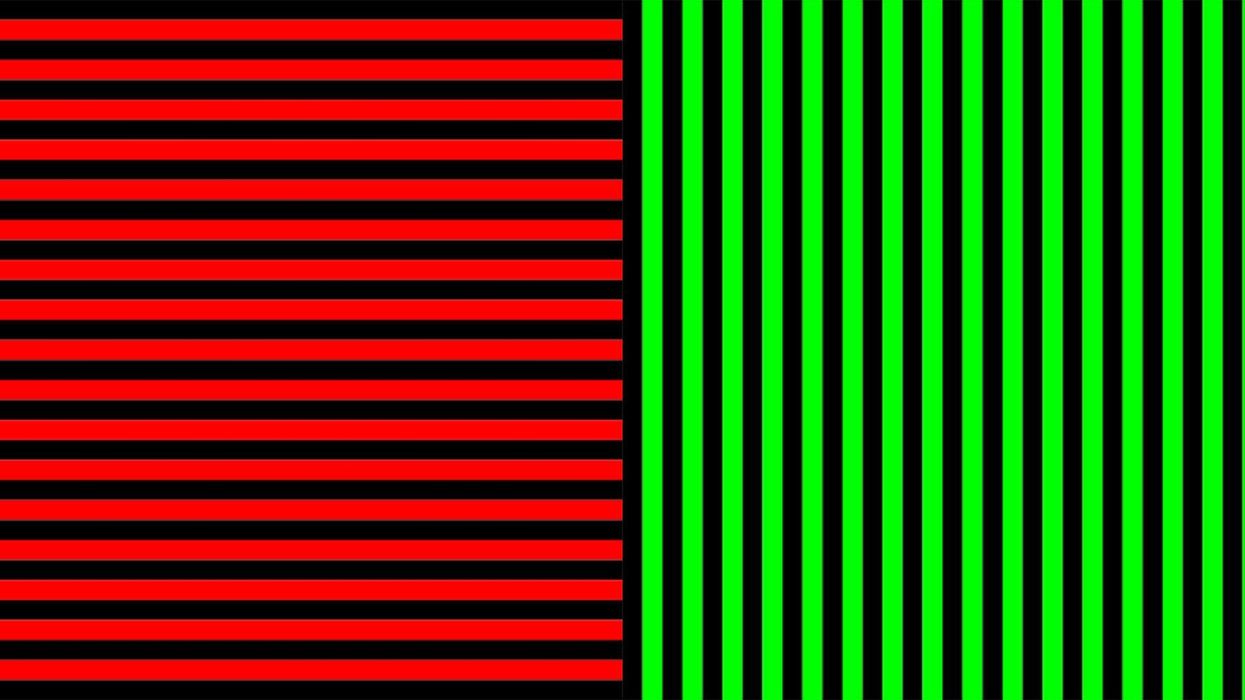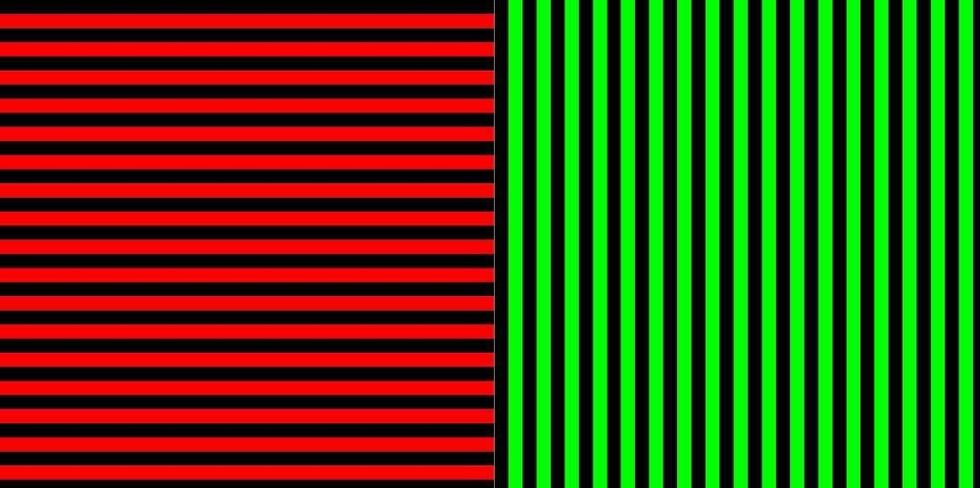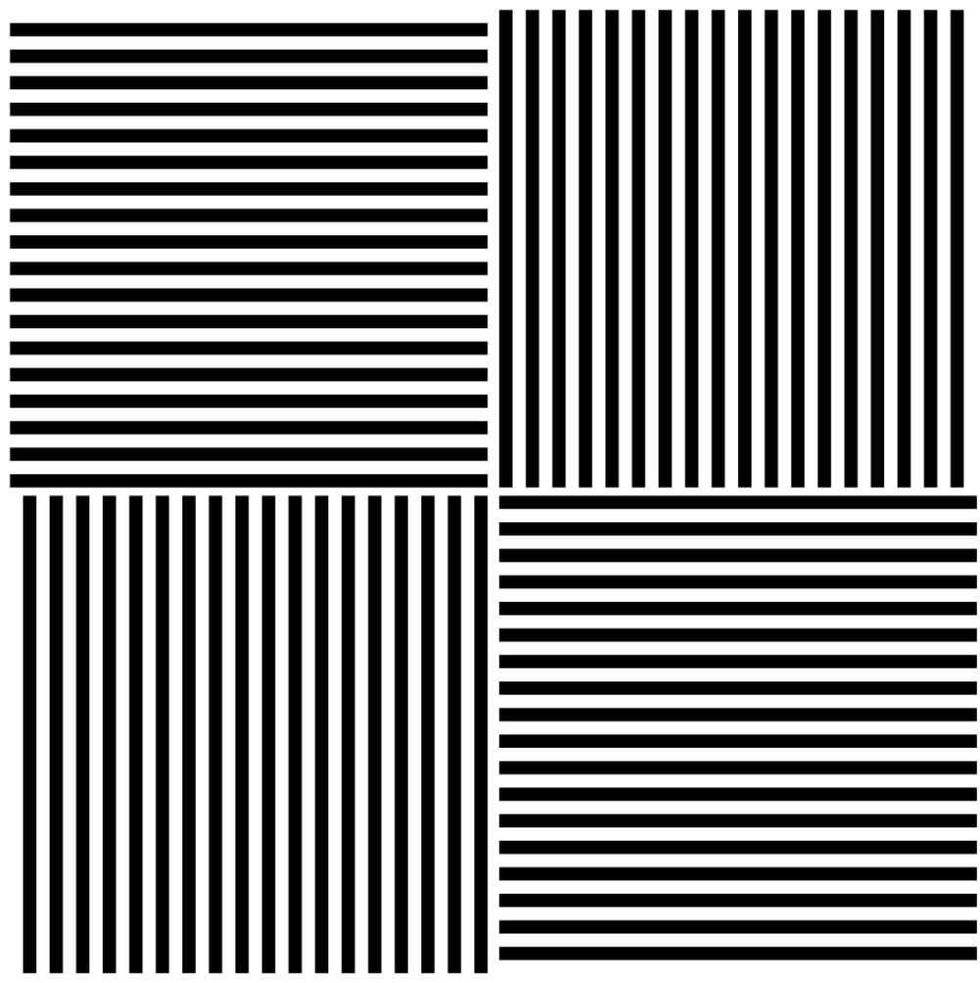Viral
Darin Graham
Feb 11, 2018

Picture:
Wikimedia Commons / Fredifortakeoff
Remember the white and gold or black and blue dress illusion that took over the world a few years ago?
Well, this new viral curiosity could do a lot more damage than just bafflement.
If you stare at this image of vertical and horizontal lines for too long, there’s a chance it could affect your vision for a while, scientists warn.
This is due to the McCollough effect - a visual phenomenon where your eyes think black and white grids are coloured. It is named after the psychologist who discovered it in 1995, Celeste McCollough Howard.
In order to produce the effect, the subject must look at the coloured grates equally for about three minutes, before looking at the black and white grates. After a while, the black and white vertical lines will appear pinkish.
The illusion made a few people see black and white as green and red for up to three months in what's known as contingent aftereffect.
Researchers carried out a study on the McCollough effect in 1975 and tested five groups of 16 people. For one group, the effect didn't lessen after five days - and, for four groups, it remained stronger than half-strength almost three months later.
You can try it out for yourself below.


If you want to reverse the effect, apparently you should simply stare at the original coloured images again, rotated 90 degrees counter clockwise.
This should return your vision back to normal in half the time you originally looked at them.
What causes it?
There have been a number of explanations over the years, but scientists now think it is due to the sensitive neurons in the visual cortex. Basically, if you stare at coloured images, your brain sees colour next to particular straight edges.
Another theory is that your brain tries to colour correct the world after staring at the black and white image, but overcompensates.
While a third is that the absence of colour results in some kind of withdrawal symptom, as the brain now associates the lines with green and red.
HT IFL Science
More: Researchers have found a new type of optical illusion
The Conversation (0)













